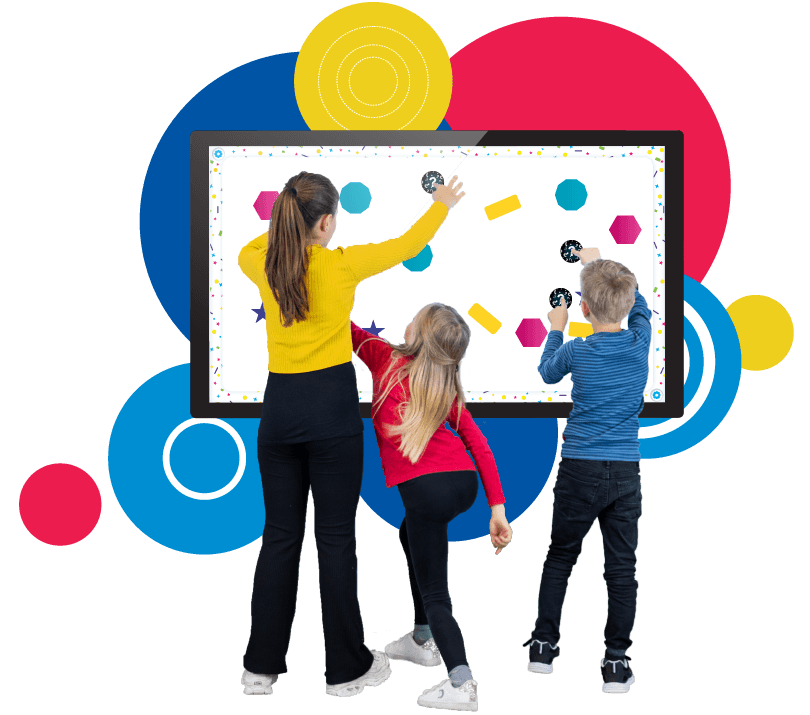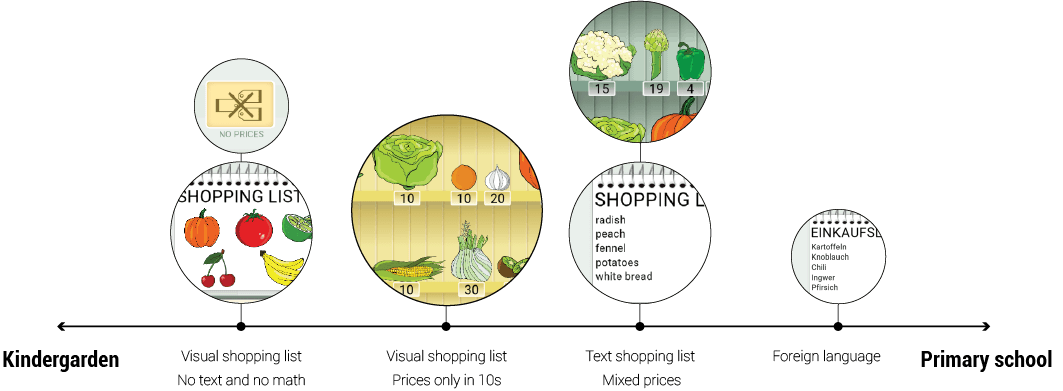
OUR FOCUS
When designing, we focus on facilitating communication and collaboration, as well as supporting shared and playful learning experiences.

SHARED LEARNING
Shared learning experiences are supported by allowing players to compete across different skill levels, or by including different roles which enables the players to distribute the activity and take advantage of their diverse strengths.
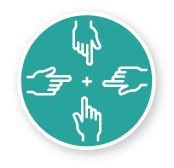
COLLABORATION
All the learning activities and games are designed to be used by four or more players. Although designed for four players, they can also be used by fewer. To encourage players to invite others into the game, some games are created to be harder to win with fewer players.

COMMUNICATION
Communication between players is encouraged in different ways, such as by creating a shared goal or by balancing the amount of feedback provided in the game. All to motivate the players to help and support each other.
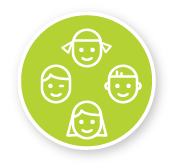
PLAYFUL LEARNING
Games have the potential to support learning and involve all students, including those with special educational needs. Implementing learning into game activities can motivate and create a fun and engaging setting for learning.

EDUCATIONAL GAMES
Weco Play includes 35+ learning games and activities that can be played in 25+ different languages. The content focuses on language and math skills but also contains games directed at art, natural science, or physical activity. Many games offer several game modes and give the opportunity to customise the difficulty and content. The platform is continuously updated with new games and content.

SUPPORTED LANGUAGES
Afrikaans, Arabic, Bulgarian, Catalan, Croatian*, Danish, Dutch, English (GB), English (US), Finnish, French, German, Italian, Korean, Latvian, Macedonian*, Mandarin (simplified), Mandarin (traditional), Norwegian, Polish, Romanian, Russian, Spanish, Swedish, Turkish, Ukrainian and Zulu*.
Weco Play offers high-quality text-to-speech in supported languages.
Text-to-speech works across the platform – both in menus and inside all games.
Please request a language, and we will add it.
*Text-to-speech is currently not available.

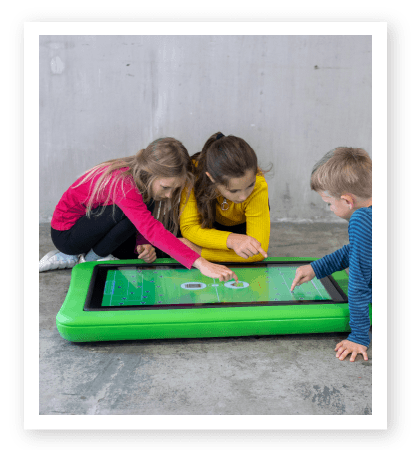
TOUCH SCREENS
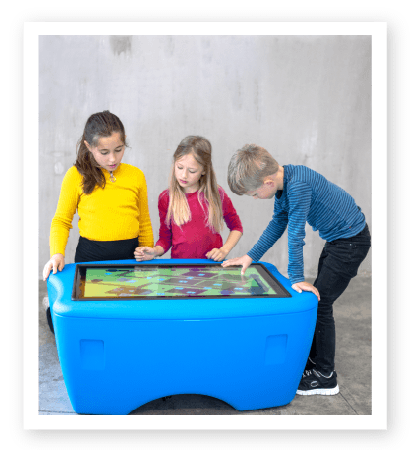
INTERACTIVE TABLES
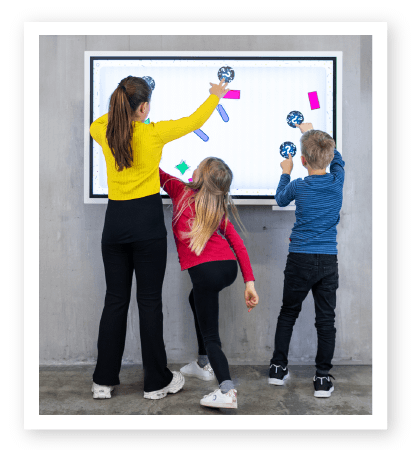
INTERACTIVE DISPLAYS

CUSTOMER TESTIMONIAL
”In Frederikshavn municipality, we have enjoyed the use of Weco Play in our kindergartens and early elementary school years. The games are suitable for training with learning objectives, and especially in day care, where it supports development of collaboration among the children, training social skills in turn taking, and digital literacy. Several children can participate at the same time, the games always contain a learning perspective, and the degree of difficulty can be adapted to fit the age of the group. The children can use the software themselves, which is easy to access for both adults and children.”
Sisse Kit Pedersen, IT project leader

EXAMPLE GAMES
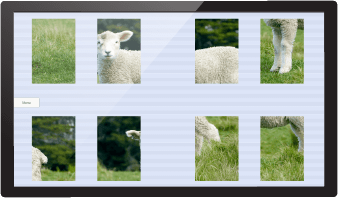
PUZZLE
The game illustrates how collaboration can be designed into even very simple games. Puzzle can be played in a game mode with few pieces, but with all of the pieces needing to be held in the right place to solve the puzzle. Consequently, this mode requires collaboration and communication to get all of the pieces held together in the right position, and it often results in twister-like situations where the arms are crossed.
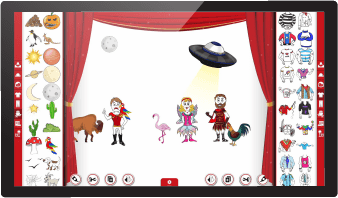
BOOK BUILDER
The game is an example of allowing children to be content creators. Book Builder makes it possible to create and read books which contain both text and graphics. The children build a book together by constructing illustrations from a graphic database and writing text. The writing process is designed with multiple roles, construction of sentences, spelling, and placing the words in the correct order. The finished product is an interactive book which other children can read and play with.
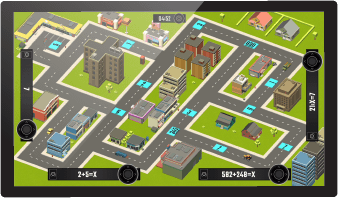
MATH RACE
The game illustrates facilitating competition on equal terms, regardless of whether the children have similar or varying skill levels. In Math Race, each player chooses which arithmetic skills they want to train and then competes by driving a small car around the course to collect answers to various math problems. The game purposefully hides the players’ scores in order not to discourage the players while playing.



